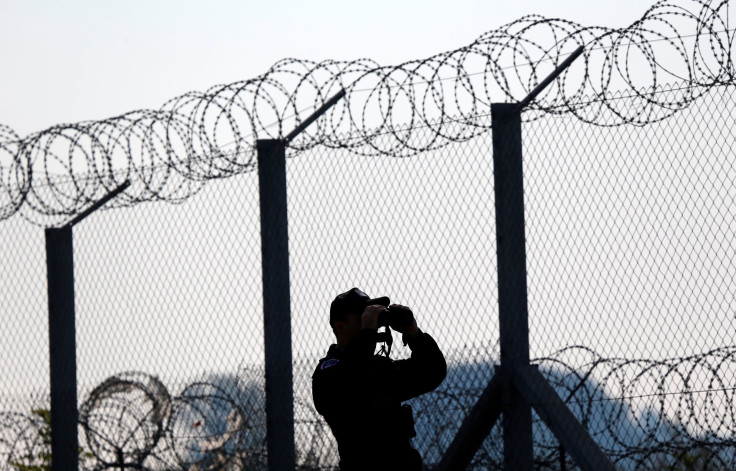War Against Islam: Migrant-Hunting Hungarian Village Uses White Supremacist Rhetoric To Outlaw Muslim Practices

At first glance, the town of Asotthalom may seem like any other sleepy Hungarian village. With colorful old houses and a population of just over 4,000, it sits in the southern Hungarian plains, and it takes only 11 minutes to drive to the Serbian border.
But lately, Asotthalom has been making the news for less-than-harmonious reasons. The city has created local rules that outlaw Muslim traditions and open displays of affection for gay people.
"We can see large Muslim communities in western Europe that haven't been able to integrate - and we don't want to have the same experience here," said Laszlo Toroczkai, the town’s mayor and the vice-president of Hungary’s far-right Jobbik party. "I'd like Europe to belong to Europeans, Asia to belong to Asians and Africa to belong to Africans. Simple as that."
Toroczkai first announced a “preventative action package” — a series of bans on Muslim practices, including the call to prayer and Islamic dress, such as the hijab — as well as plans in November to forbid homosexual propaganda.” The Hungarian government will rule on whether these bans are legal later this month.
László Toroczkai bans LGBTQ "propaganda" in Ásotthalom. Remember in February 2015 he suggested building a fence against migrants. pic.twitter.com/JP3XfQ0Mux
— Daniel Makonnen (@dan__mak) November 28, 2016
Only a few Muslims currently live in the village.
“The Muslim family that lives here are fully integrated with us,” said one Asotthalom resident in an interview with the BBC. “They don’t provoke anyone. They don’t wear the niqab. They don’t harass people. Their young son plays football. I taught him to swim. We get on with them just fine.”
In August, Toroczkai made international headlines when he shared a photo of three migrant men lying face down on the dirt, hands bound behind their backs. The caption read, "Violent invaders 0 – Citizen militia 1."
“A Hungarian mayor makes a show of ‘migrant-hunting,’” read the title of a story from the news agency France24.
Nearly 600,000 people filed asylum applications in the European Union in 2014, according to the Pew Research Center. In 2015, 1.3 million migrants did the same. Although that number dropped a bit in 2016, the flow into Europe remains higher than it did before 2015.
Migrants from Northern Africa and the Middle East have tried to travel to western and northern European countries, such as Germany, by cutting through Serbia and then up through Hungary. But Hungary, a relatively small country with a population of about 10 million, was not hospitable to their new visitors. Conservative Prime Minister Viktor Orban ordered barbed fences to be built along Hungary’s borders with Serbia and Croatia in 2015.
Since then, the Hungarian government has continued to impose harsh measures on migrants. Orban is expected to introduce legislation within the next few weeks that would hold immigrants in detention centers to prevent them from moving around in Europe.
© Copyright IBTimes 2025. All rights reserved.






















